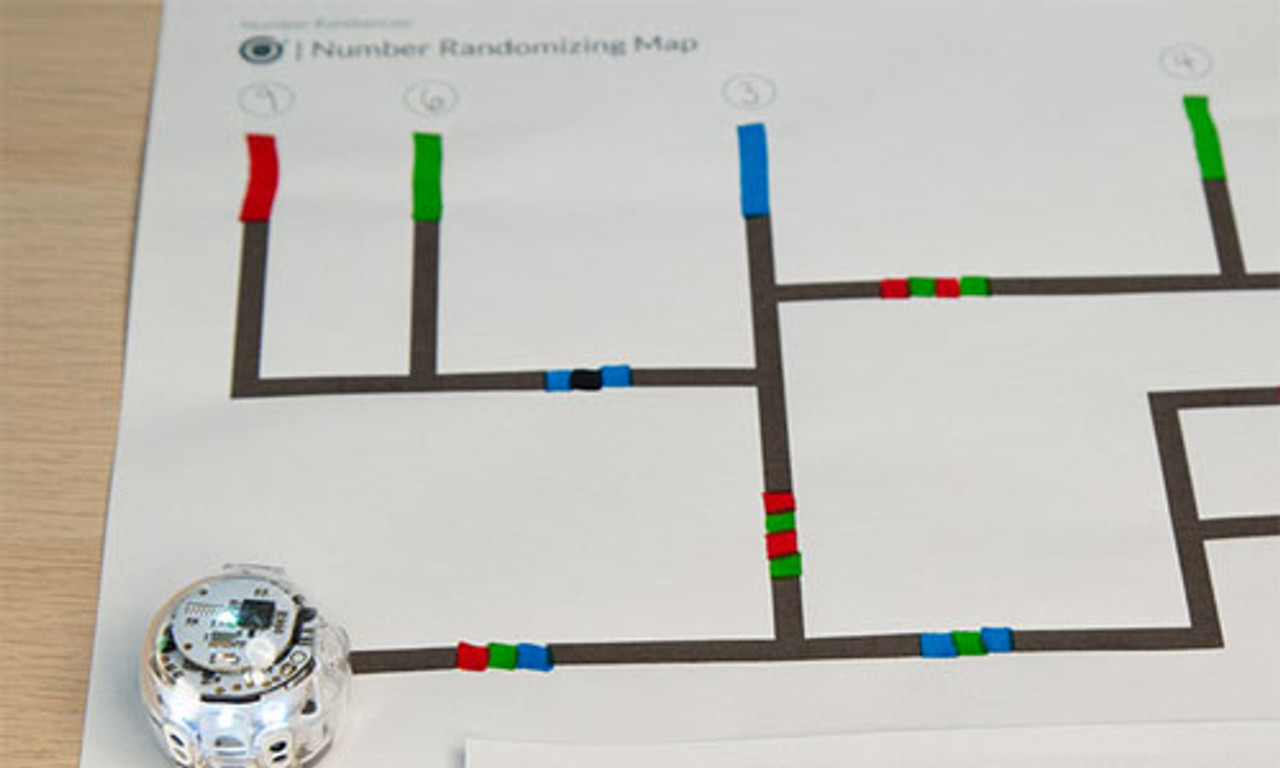Power Up playtime: Integrating Robotics and STEM into your 1st Grade Math Curriculum (With Fun Ideas!)
20th Mar 2024
Looking for ways to make math learning in 1st grade more engaging and interactive? Look no further than robotics and STEM! This powerful pair can turn memorization into engaging puzzles that ignite curiosity and a passion for acquiring knowledge.
But how do you integrate these seemingly complex concepts into a 1st-grade math curriculum? Fear not, fellow educator! This blog post will equip you with fun and easy-to-implement ideas to get you started.
Why Robotics and STEM?
Robotics and STEM are a perfect fit for 1st graders. These subjects encourage:
- Critical Thinking: Students experiment, diagnose issues, and find solutions while constructing and coding their robots.
- Creativity: The flexibility of robotics enables students to create and build distinct creations.
- Collaboration: Teaming to make and schedule robots encourages cooperation and communication abilities.
- Math Skills: Students utilize fundamental math principles such as counting, measuring, and spatial reasoning to guide robots through obstacles.
Let's Get Rolling: Fun Ideas for the Math Mat
Below are a few stimulating exercises that effortlessly combine robotics and STEM with the math portion of your first-grade curriculum:
- Counting Caterpillar: Students create a simple robot using straws, cups, and pipe cleaners. They program the robot (manually pushing it) to move a specific number of beads, dice, or counting chips across the mat, reinforcing counting skills.
- Shape Scavenger Hunt: Design a maze on the math mat with different shapes incorporated throughout. Students code their robots (again, manual control works here) to follow a path that encounters specific shapes, reinforcing shape recognition.
- Measurement Mania: Students construct simple ramps on the math mat using Legos or other building materials. They experiment with different ramp heights and lengths, estimating and measuring the distances their robots travel (using rulers or counting squares on the mat).
- Sorting Showdown: Scatter objects of different sizes and colors across the math mat. Students program their robots (manual or remote control) to sort the objects based on size or color, practicing sorting and classification skills.
Beyond the Basics:
These are some initial concepts to begin with. By being creative, you can adjust these activities to match any math subject you teach in 1st grade.
Remember: Keep it simple and suitable for their age. By concentrating on enjoyment and discovery, education will come effortlessly.
Bonus tip: For beginners in robotics, plenty of inexpensive and user-friendly robotics kits are made for kids.
Search for kits that have user-friendly coding interfaces that enable manual control. By including robotics and STEM in your first-grade math lessons, you're educating in math and nurturing a passion for learning that will help your students long-term. Therefore, prepare to enhance playtime and prepare for a surge of creative education!

